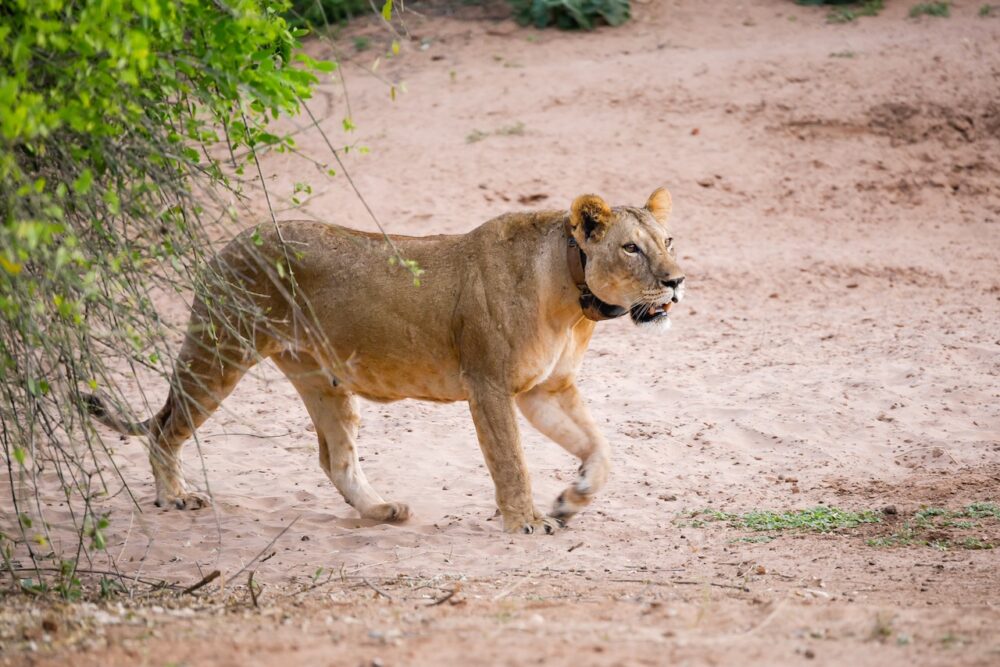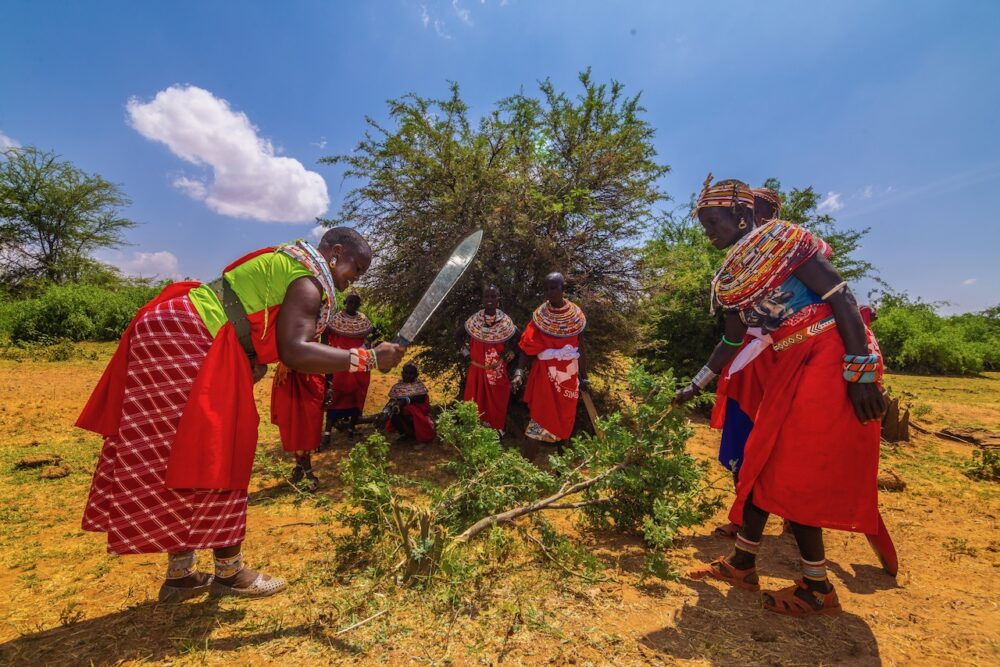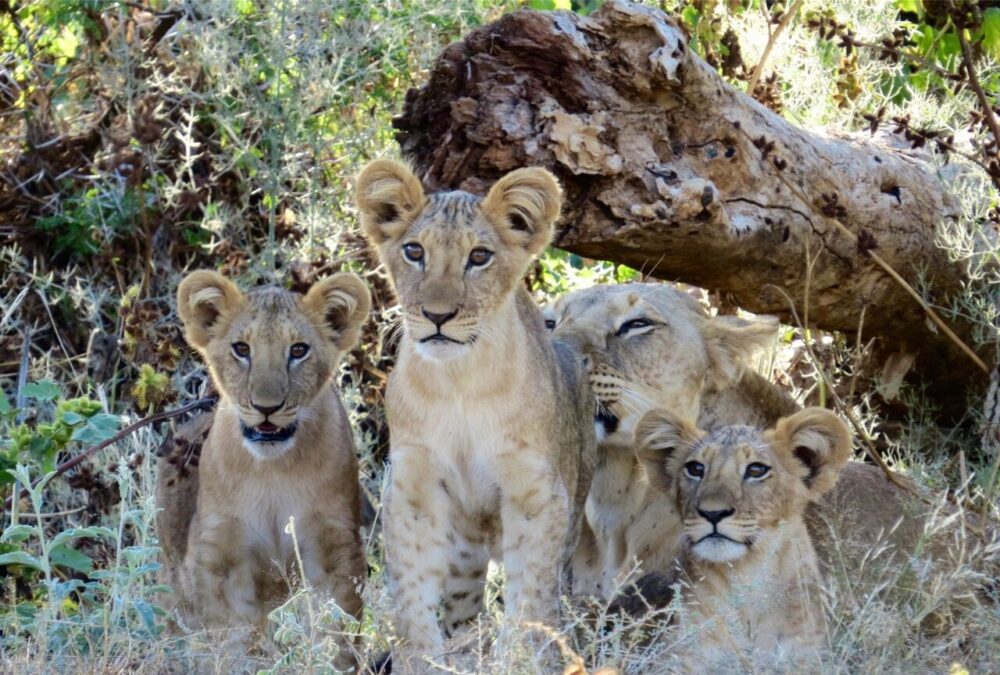Lions and other large carnivores are wide-ranging species, which means protected areas are often too small to maintain viable populations. Successful conservation of these species, and their prey, instead requires a landscape scale approach.
Therefore, as we are busy working on our strategic plan for the next three years, one important question we must address is: Which areas should we target to ensure lions can survive and move safely between community areas where they are able to find safe refuges?
To answer this question we need to think beyond the boundaries of our current study areas; we need to explore the surrounding landscape for ourselves and talk to the communities and stakeholders who live and work there.
This month, our team visited Namunyak Conservancy on what will be the first of several reconnaissance trips. Namunyak Conservancy, which encompasses the Matthew’s mountain range, borders Westgate to the north.
Whilst the sheer scale of Namunyak was somewhat daunting – you could fit 9 Westgate’s into Namunyak and still have space to spare – it was very exciting to see a lot of potential habitat for lions.
Namunyak, which means “blessed” in the local Samburu language, features mountainous terrain, indigenous forest, and permanent water sources – a contrast to Westgate’s vast expanses of thorny scrubland and occasional rocky outcrop. At times, it was hard to believe we were still in Samburu.
Whilst in some parts of Namunyak prey species seemed sparse, other regions were teeming with wildlife. For example, in the Sarara valley we saw had an incredible sighting of close to 60 reticulated giraffe and also learnt that buffalo and elephant are frequent visitors to Kitich Camp (as well as being potential food for the resident lions!).
As we travelled through the Conservancy, we stopped off at the Conservancy Headquarters and several ranger outposts to learn more about lion presence and movements within Namunyak from those who know the area best.
Together with additional research, this type of information is invaluable for identifying priority areas that are key to lion persistence, and maintaining connectivity between them.
Three days and 500 or so kilometres later and we still have a whole chunk of Namunyak left to explore – not to mention the other Conservancies we plan to visit over coming months. The next step will involve conducting participatory mapping excerises and surveys to pin point the priority areas. Then, once we have identified the priority areas for lions across the region, we hope to implement our successful community-based programmes to promote coexistence between people and wildlife.
Securing these regions will be critical to maintaining connectivity and genetic resilience of northern Kenya’s lions.




